La p├Īgina que intenta visitar s├│lo est├Ī disponible en ingl├®s. ┬ĪDisculpa!
The page you are about to visit is currently only available in English. Sorry!

|
Imported tokay geckos. Credit: Michael Yabsley, University of Georgia |
Spotted geckos, colorful parrots, and fighting fish are just a few of the animals that are imported for the pet trade, a wildly unregulated industry that could be endangering public health and natural ecosystems, according to a recent study published in .
Researchers from the Wildlife Trust, Brown University, Pacific Lutheran University, the Centers for Disease Control and Prevention, and the Global Invasive Species Programme found that 86 percent of the 200 million animals imported every year are barely identified.
ŌĆ£Shipments are coming in labeled ŌĆślive vertebrateŌĆÖ or ŌĆśfish,ŌĆÖŌĆØ Peter Dyszak, president of the Wildlife Trust, said in a National Science Foundation . ŌĆ£If we donŌĆÖt know what animals are in there, how do we know which are going to become invasive species or carry diseases that could affect livestock, wildlifeŌĆöor ourselves?ŌĆØ
The global wildlife trade is a booming industry, generating hundreds of billions of dollars each year, but which animals are bringing in the big bucks is largely unknown, say the researchers. The majority of human diseases come from wildlife, so itŌĆÖs important to know which species are coming in to the country. Others can wreak havoc of theyŌĆÖre set free, as Burkhart Bilger explained in his recent in The New Yorker (registration required).
In order to avoid disaster, the researchers recommended these changes to the importation process:
If officials take those suggestions and implement them, maybe we could all rest a bit easier while tackling other environmental crises. Next week: global warming.